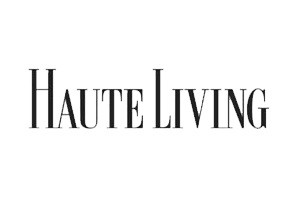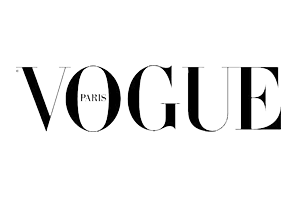How Functional Rhinoplasty Can Improve Your Quality of Life
August 27th, 2018 | Posted in: Functional Rhinoplasty |
Rhinoplasty is normally considered to be a cosmetic procedure that reshapes the nose to improve facial harmony and balance. However, functional rhinoplasty is designed to correct nasal obstructions that hinder patients’ ability to breathe. Dr. Chiu is considered as the best Plastic Surgeon in Beverly Hills and he performs functional rhinoplasty procedures to correct nasal blockages that impede sleep or the sense of smell. If you suffer from breathing problems due to structural deformities in the nose, this procedure can improve your quality of life.

Reasons for Functional Rhinoplasty
- Deviated septum: when the bone/cartilage that separates your nostrils is poorly positioned or bent.
- Enlarged turbinates: a common condition characterized by swollen turbinates that are usually associated with nasal allergies.
- Nasal polyps: harmless growths that can develop within the nasal passages, resulting in difficulty breathing and other complications.
- Nasal valve collapse: when the nasal valve has become narrower as a result of injury, a congenital condition, or previous rhinoplasty.
Improve Your Sense of Smell
Nasal blockage can have a significant impact on a patient’s sense of smell. During functional rhinoplasty, the septum is repositioned and straightened to improve airflow and, consequently, your sense of smell. However, it is advised that you schedule an appointment with an ear, nose, and throat (ENT) specialist or allergist to determine if a deviated septum is the cause of your reduced sense of smell. Sometimes it is caused by allergies, in which case septoplasty may not be helpful.
Sleep Better
Those who seek functional rhinoplasty to alleviate snoring and sleep apnea can enjoy a deeper and healthier sleep after the procedure. These conditions, which may be caused by nasal obstruction, often prevent a patient from a good night’s sleep. Some long-term effects of restless nights include fatigue, depression, hormone imbalance, brain fog, and an increased risk of cardiovascular diseases. By opening the airways or correcting structural issues, you can sleep better and feel more refreshed throughout the day.
What to Expect During Recovery
Following your functional rhinoplasty procedure, your nose may be dressed with surgical splints and bandages to support the treatment area during the healing process. Some patients experience bruising and swelling, but these side effects tend to resolve quickly. Pain after this procedure is typically minimal, but you should rest comfortably at home for at least one week to ensure that your nose heals properly.









































